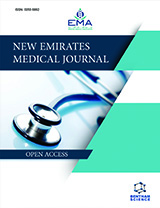Abstract
A lot of athletes, bodybuilders, and those who want to look better in general use AAS (anabolic androgenic steroids) to achieve their goals. These steroids can be found in nature or synthesised in a lab. These substances are attempts to mimic the anabolic (muscle-building) and androgenic (masculinizing) properties of testosterone. Steroids like testosterone, methandienone, Nandrolone Decanoate (ND), and methenolone are only a few examples of AAS that are commonly abused. Initially exclusive to professional bodybuilders, these substances are increasingly being tried out by amateur and professional athletes alike. The anabolic properties of AAS have led to their usage in medicine for the treatment of conditions like chronic renal disease and osteoporosis in postmenopausal women. Despite being banned by the World Anti-Doping Agency, anabolic steroid (AAS) use is estimated to be between 1% and 3% among the general population of the United States (WADA). Their negative effects on several organs, including the cardiovascular and reproductive systems, have aroused concerns. Therefore, there are serious health risks linked with the inappropriate use of AAS. More education is needed for both the general public and medical professionals on how to recognise symptoms, administer effective care, and prevent AAS-related disorders. The goal of this study is to examine the current state of our understanding regarding the functioning of AAS and their associated deleterious consequences.



























